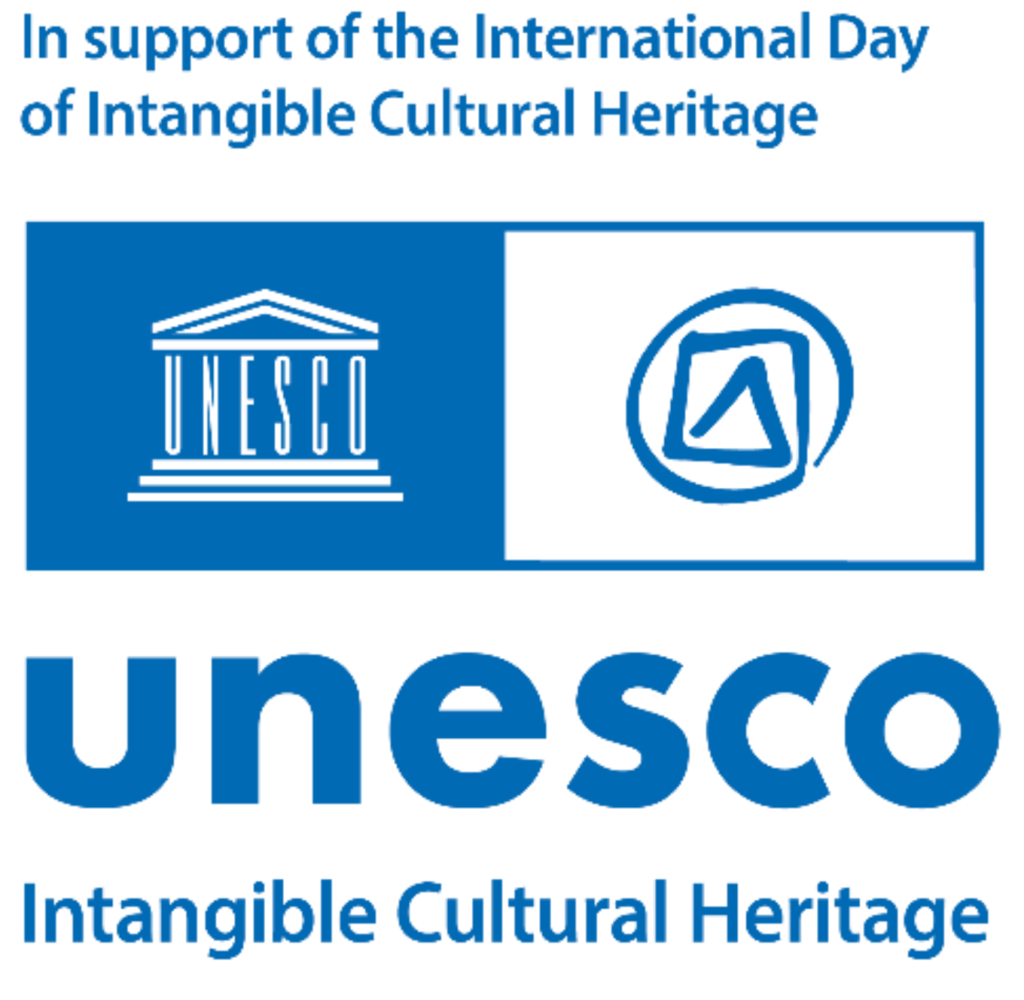
Folkland International Centre for Folklore and Culture and ICCN
![]() 17-10-2025
17-10-2025
![]() Bangalore (India)
Bangalore (India)
In celebration of the International Day of the Intangible Cultural Heritage, audiences are invited to experience: Mudiyettu: The Living Legacy
Mudiyettu is one of the oldest ritualistic art forms of central Kerala, particularly rooted in temple traditions. This folk art, closely linked with religious mythologies and rituals, is known for its dramatic depiction of the battle between Goddess Bhadrakali and the demon Darika.
Performed between the months of Medam (April) and Karkidakam (July), Mudiyettu is more than just a performance—it’s a sacred offering to the deity. The performance, conducted at temples or open village spaces, integrates vibrant music, dance, facial expressions, and elaborate costumes.
Recognized by UNESCO in 2010 as part of the “Representative List of the Intangible Cultural Heritage of Humanity”, Mudiyettu has gained international recognition for its cultural and historical value.
Key Elements of Mudiyettu:
- Characters: Bhadrakali, Darikan, Shiva, Narada, Koyimbadan, and Kalari.
- Music and Instruments: Instruments such as Chenda, Maddalam, and Elathalam accompany the performance with high intensity and rhythm.
- Costume and Makeup: One of the unique features is the large headgear (Mudi), painted facial expressions, and grand attire that distinguishes each character.
The performance usually begins in the evening and continues till night, symbolizing the epic battle between good and evil, ending in the victory of Bhadrakali.
Community Participation: Mudiyettu is not performed by individuals but by an entire community. The ritual and performance preparation involve collective effort and spiritual dedication. Traditional knowledge passed from generation to generation helps preserve the authenticity of this art form. The character Bhadrakali plays the central role, depicted as fierce, divine, and powerful. The demon Darika represents evil. Their battle, with all its dramatic elements, symbolizes the triumph of divine justice.
Social and Cultural Significance: Mudiyettu reflects the rich oral traditions and spiritual beliefs of Kerala. It stands as a symbol of communal harmony and cultural identity. The art form also promotes traditional knowledge systems in costume-making, herbal colors, percussion, and storytelling.
Programme
Session 1 – Seminar on Mudiyettu
Time:10:00 am – 12:30 pm
Theme: Mudiyettu: Ritual, Theatre, and Heritage
Programme Flow:
10:00 am – 10:10 am – Welcome Address
10:10 am – 10:20 am – Presidential Address
10:20 am – 10:30 am– Inaugural Address
10:30 am – 10:40 am – Felicitation
10:40 am – 12:20 pm – Seminar Presentations & Discussion
Topic 1: Ritual Dimensions of Mudiyettu
Topic 2: Performance Aesthetics
Topic 3: Preservation & Transmission
12:20 pm – 12:30 pm – Vote of Thanks
Session 2 – Mudiyettu Workshop
Time: 2:00 pm – 4:30 pm
Programme Flow:
Introduction to Mudiyettu – Origins, Myth, and Ritual Context
Demonstration of Costume & Makeup Techniques
Rhythms & Musical Accompaniment – Hands-on Experience
Interactive Session with Artist– Q&A and Sharing of Experiences
Closing Remarks
Session 3 – Mudiyettu Performance
Time: 6:00 pm – 9:00 pm
Programme Flow:
Introduction to the Performance – Brief on the Story & Ritual Elements
Full Traditional Performance of Mudiyettu by [Name of Troupe / Kalakendra]
Audience Interaction & Closing Ceremony
Text as provided by the organiser(s).


